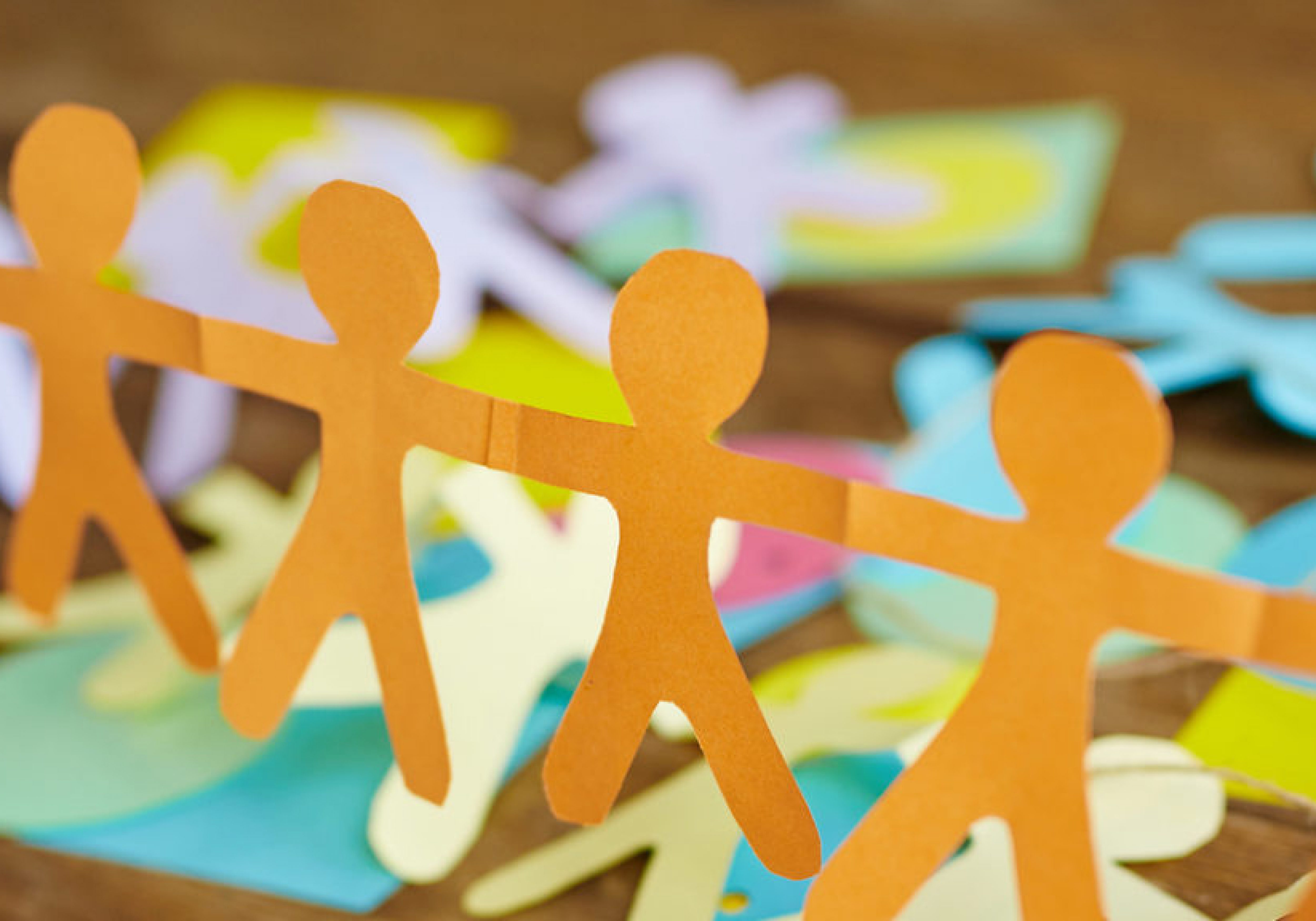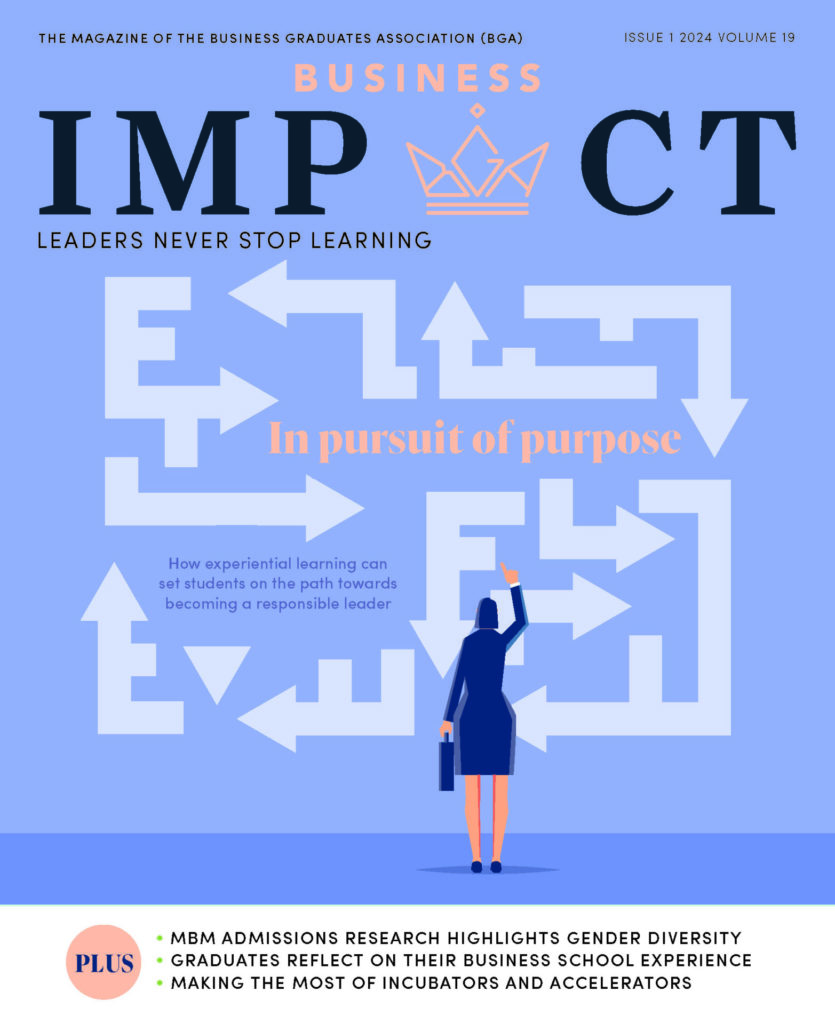In the first part of this two-part article, I made the case for recreating work around human fulfilment by learning from the arts and curbing the demise of creativity in our organisations. But if we’re going to adopt more practices from the arts to be fit for tomorrow, we might well ask if we have sufficiently innate creativity to accomplish this goal. When I facilitate workshops on innovation for business, I usually begin a session by saying: “Please raise your hand if you do not regularly think of yourself as a creative person.” Almost inevitably, I’m confronted with a forest of arms signalling agreement with this statement. But if we reflect on our childhoods, we intuitively understand that the exact opposite would be true. As children, we are supremely creative human beings.
Creative capacity inverted
The late professor George Land at the University of Minnesota assessed 1,600 people over their development from children to adults on their ‘genius’ levels of creativity, defined as ‘divergent thinking’. With research already establishing that high IQ and creative aptitude are not correlated, Land’s study produced some intriguing results. At ages three to five, 98 per cent of test subjects scored as creative geniuses. At ages eight to 10, that plummeted to 32 per cent. At ages 13-15, only 10 per cent were geniuses, and by age 25, a paltry two per cent were still creative paragons. Notice that by the time these children reached adulthood, their creative capacity completely and exactly inverted (see Greg Orme’s The Human Edge). At the youngest ages, only two per cent were not considered creative geniuses, while as adults only two per cent continued to score as creative geniuses.
These results may not surprise us. When I discuss this study, most people respond that school and society are to blame, incentivising conformity and ‘one right answer’ thinking. If that diagnosis is true, then the solution is apparent as well. For us, individually as adults and collectively as organisations, we must rediscover at least some of the rhythms, routines, incentives and habits that we practiced as children.
For starters, I’m sure we all remember that a typical day as small children included an abundance of art and play. Isn’t it funny that the corporations that we celebrate today, from Google and Kickstarter to Pixar and LEGO, create those same environments of art and play in their cultures that most of our organisations work terribly hard to suppress?
Catalysing shifts in mindset
While I am indeed advocating for revolutionising how we work, I stress that such revolutions begin at the level of the individual within their own work life. Leaders, of course, have an overweighted influence in what is prioritised and how their culture is role-modelled among their teams and organisations. The payoff then has a high rate of return in that a small degree of personal change may catalyse widespread shifts in habit and mindset in the people around the leader. Such shifts then allow both leader and team, and even company, to enable the priorities of innovation, adaptability and inspiration to materialise rather than to languish eternally as aspirations.
In humankind’s quest to perfect the process by which we create wealth, the previous ménage à trois between science, business and art became a cosier domestic arrangement between science and commerce, elbowing the arts into the periphery, in terms of the habits, goals and philosophies of leadership and organisational life. This paucity of artistic creativity and inspiration is a symptom of the Industrial Revolution (1760-1914), an era that perfected the philosophy of Frederick Winslow Taylor’s scientific management. That philosophy hypothesised that the way in which we should organise business is to drive efficiency in and variance out, implying that a human labourer is but a cog in an industrial machine. ‘Taylorism’ was perfect for the manufacturing heyday of a century ago when Henry Ford once famously quipped, “Why is it that every time I hire a pair of hands a brain comes attached?”
Nurturing adaptability, creativity and inspiration
Over a short period of time, the skyscape of business lost its constellation of artistic exploration – a critical mindset laid to waste. We dehumanised our companies in perfecting Taylorism and combined that philosophy with the obeyance-driven, hierarchical architecture of the Roman legions. Yet today, we lament that we lack humanity in our work life. Why are we surprised? Adaptability, creativity and inspiration are the leadership qualities that our organisations require today. Both employer and employee need these capabilities now and we don’t have centuries to develop them anymore. Making these qualities preeminent in our organisations is the next revolution and there’s still time to be at the forefront of this changing tide.
In rediscovering the virtuous habits of art and play, we can spark and nurture the characteristics of innovation. This encompasses divergent thinking, collaboration, mindfulness, inspiration, as well as the ability to explore untraditional ideas and picture the future. In so doing, we can uncover anew the state of mind and spirit that we have always naturally possessed and encourage an environment among our companies that we have always craved as individuals.
Read the first part of this two-part series on Business Impact.








